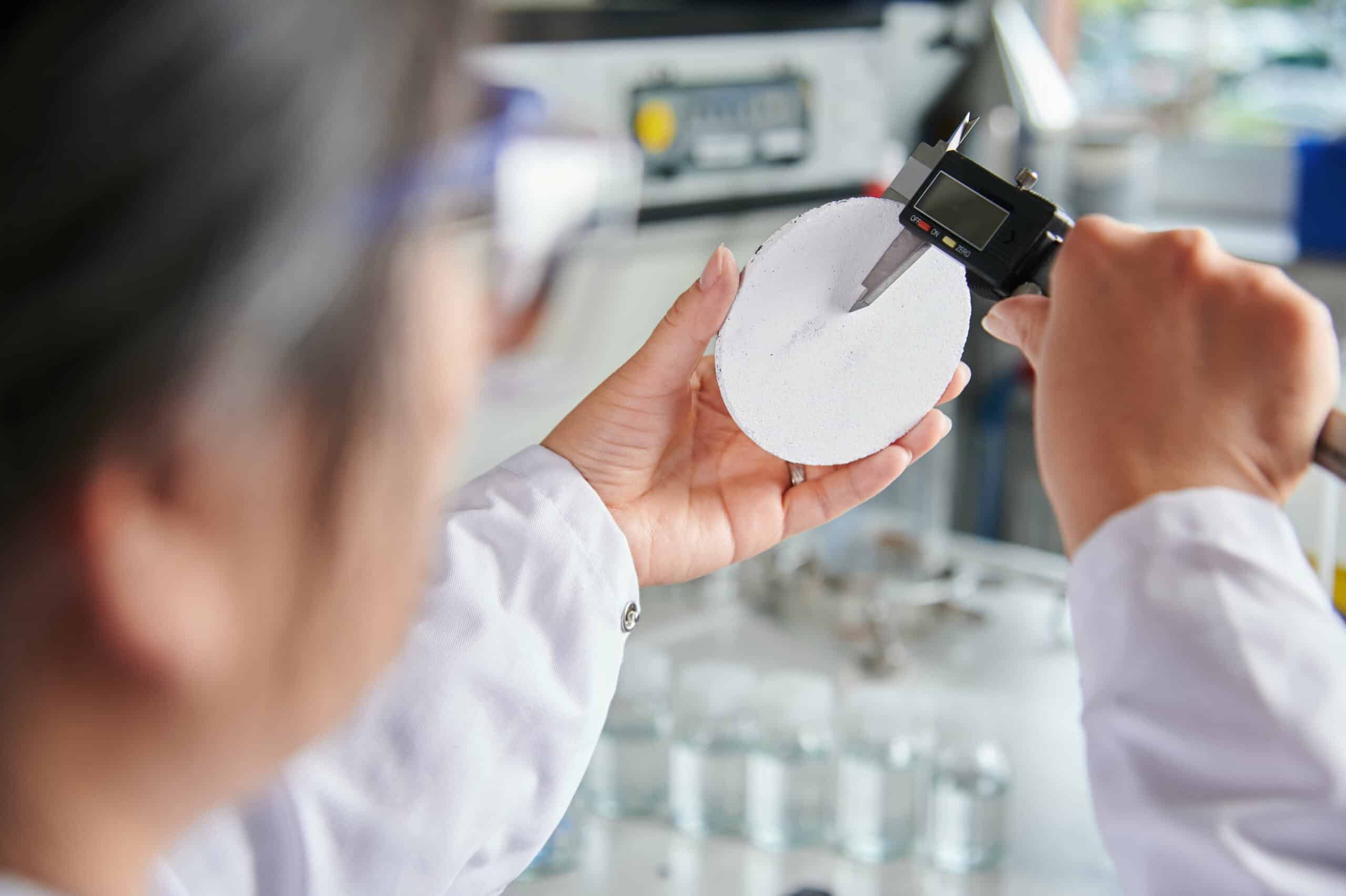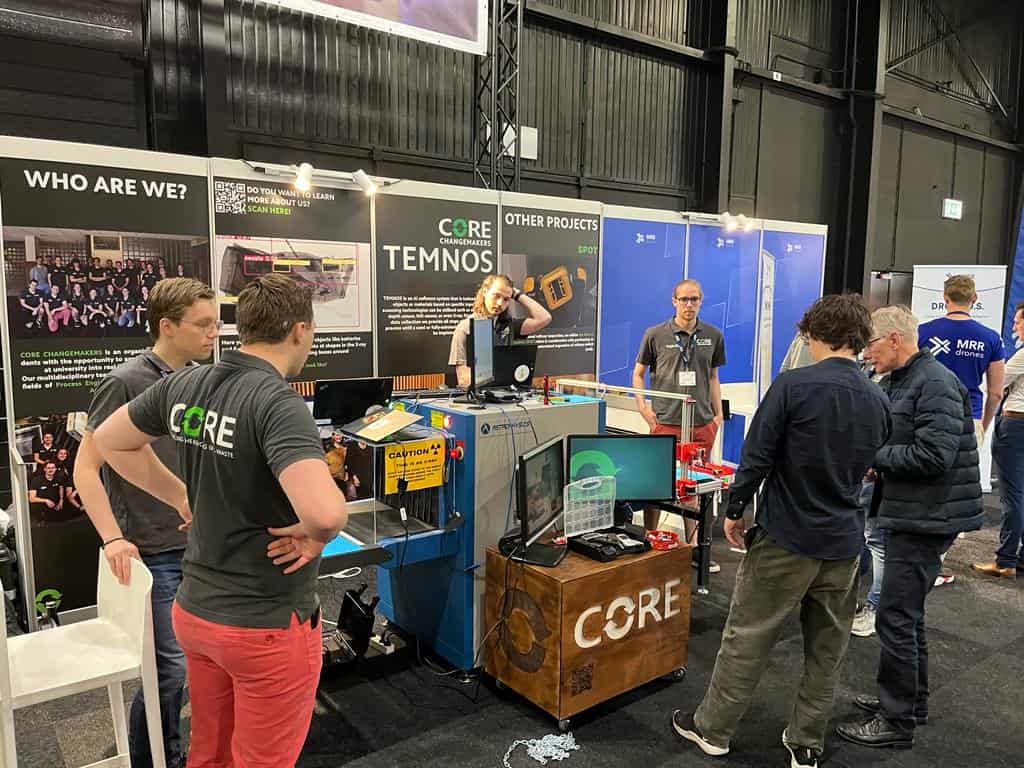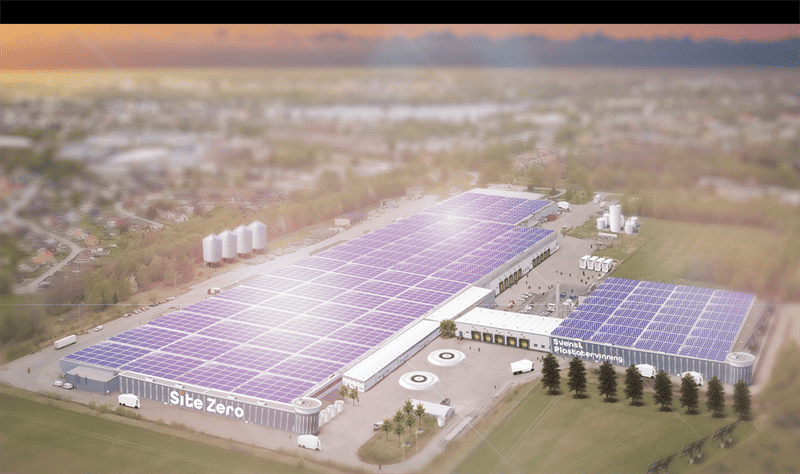
Completely recycle your smartphone? It can be done. Student team CORE of Eindhoven University of Technology (TU/e)in the Netherlands has proven it with the oven that the team unveiled last week. In doing this, the students are taking a big step towards the Zero Age. The era in which humankind converts all the waste it generates back into raw materials. “One hundred percent recycling,” says team founder and Chemical Engineering student Dirk van Meer.
Rare metals
The worldwide production of electronic waste is about 50 million metric tons per year. Only twenty percent of that comes back as new products. The rest mostly ends up in landfills in third world countries, where it causes environmental pollution and endangers the population. Or people disassemble it by hand, which exposes those workers to toxic substances. And all the while, rare metals that are needed for electric cars and batteries, for example, will run out over the next few decades. On top of that, the extraction of these metals usually causes high levels of pollution. Plus, there is a global battle going on over these rare metals. The invention from CORE is not only another step towards recycling e-waste, it is also an answer to ever-scarcer metals.
Earth as a source
In an earlier interview with IO, Van Meer pointed out that the earth was the source of the recycling process. Waste ends up in rivers via, for example, polluted air and crumbling rocks. These rivers carry it out to the sea. Once there, it slowly sinks to the bottom. Then it disappears into the earth’s core through the cracks between the tectonic plates. This is where it is so hot that the materials dissolve back into pure elements. The core pushes those elements, such as metals, back to the earth’s crust where people can mine it. This process takes 35 million years. Which takes far too long to meet the demands of today’s industry. For instance, lithium and cobalt will be depleted within 35 years. “That is why we have developed an oven in which this process takes place in about one week,” says Van Meer.
Read more about Team CORE here.
The students noticed at the unveiling that things don’t always go according to plan. The scheduled live stream didn’t work. That meant that the students had to quickly adapt their plans. And there was only one announcement for the press. The messages from Prince Constantijn of the House of Orange and politician Diederik Samsom, among others, can be viewed via their website and on their Facebook page from this week onwards.
Click here to view the message from Robert-Jan Smits, Chair of the Executive Board of Eindhoven University of Technology:
The dream
In any event, the unveiling does feel like a real milestone to Van Meer. The oven actually makes a tangible reality of what he has been dreaming of ever since he was in high school. A system that enables you to do something about the ever-increasing e-waste. That dream was sparked by the enthusiasm of his father, TU/e alumnus Gabby van Meer, who worked for ProRail (Dutch rail providers) fifteen years ago. His father’s work included the sleepers (the bars between the railroad tracks) and the recycling thereof. Sleepers were coated with creosote, a highly toxic material. This rendered recycling with existing techniques impossible back then. An entire trajectory ensued. This led, for example, to the collaboration with Auto Recycling Nederland (ARN) and Leo Nevels, founder of Elementary Retraction’s technology which was the forerunner of CORE’s technology. His father wanted to build a factory, but that didn’t work out at the time.
Although that factory was not built then, it did mark the start of Van Meer’s journey. “Every year of my conscious life (I’m 21 now), my father used to try this kind of thing. That’s why I’ve ‘now also become totally obsessed with it,” he confesses. Actually, the student originally aspired to become an accountant, but at the same time, he wanted to carry on with his dream. That’s why he chose Chemical Engineering, because “I want to understand what’s going on.”
A born recycler
He was a member of team Solid in 2017, where he worked on the technology for generating energy from iron powder. “I was very proud to see how it all turned out at Bavaria. In 2018, the Solid team focused on the incineration process. “As a technologist and a born recycler, I am absolutely interested in the production of iron powder. But not in its incineration. And so I thought: Maybe I could also recycle other complex waste streams. That’s how the CORE team came into being.”
Life experience
Van Meer became team captain, and at the tender age of 21 leads a team of 22 people. According to the student, the role of the captain is a huge responsibility. He is therefore very grateful for the coaching he and the team received from Innovation Space. And later, among others, from Mia Jelsma, coordinator of the 18 student teams at TU Eindhoven.
“You can always contact someone with your questions. With my 21 years, I really don’t know anything yet.” Although he does have knowledge of this specific field, he lacks life experience, he explains. In order to manage a team, you need that kind of experience, Van Meer believes. “My teammates do the work. Occasionally there were times when things weren’t going so well for a while, Van Meer goes on. “Then Mia came. She’s also seen other student teams struggling. If something is wrong, she puts everything aside for a time and listens to us.”
Gaining in size
Van Meer hopes to graduate in May. Then he will also say farewell to the student team. But not to his mission. He will become a business manager at CORE Chemistry, a company that has yet to be set up, and which is a spin-off from the student team. This means that he will have to hand over the reins. Van Meer jokes: “I’m getting better and better at managing.” Earlier this week, he had a meeting with a legal advisor which took longer than expected. This meant that the captain joined the weekly team meeting later on. “It’s so nice to see that everything runs smoothly without me too. In the meantime, the concept has become even bigger than the dreamers who set it up.”
The unveiled oven facility was made possible in part thanks to financial support from, among others, the Eindhoven Metropolitan Area (MRE). In the core of the furnace, the melting point, a waste mix is heated to a maximum temperature of 1600 degrees Celsius. Next to the furnace, the installation is made up of a system to cool and purify the gases that are generated in the process.








